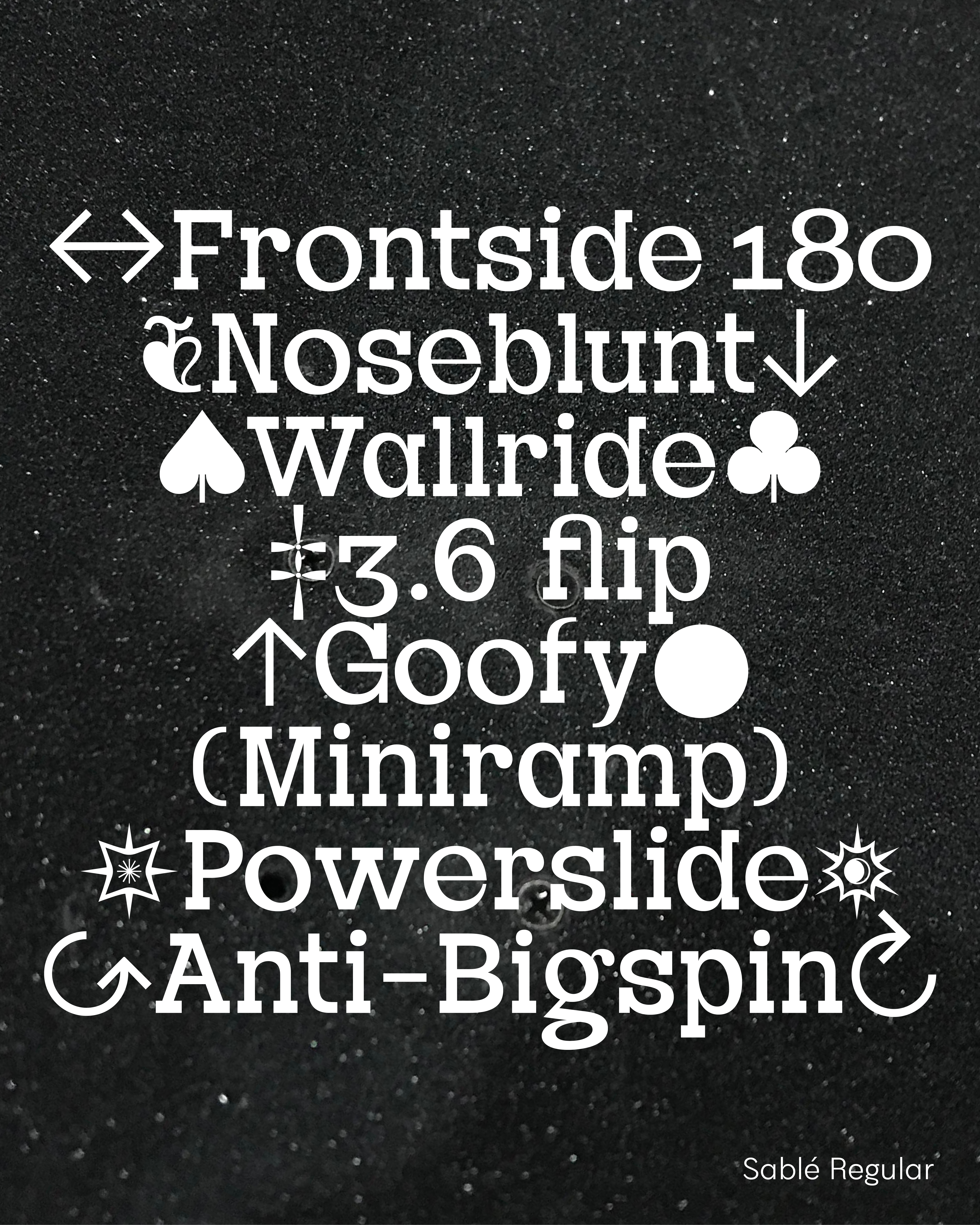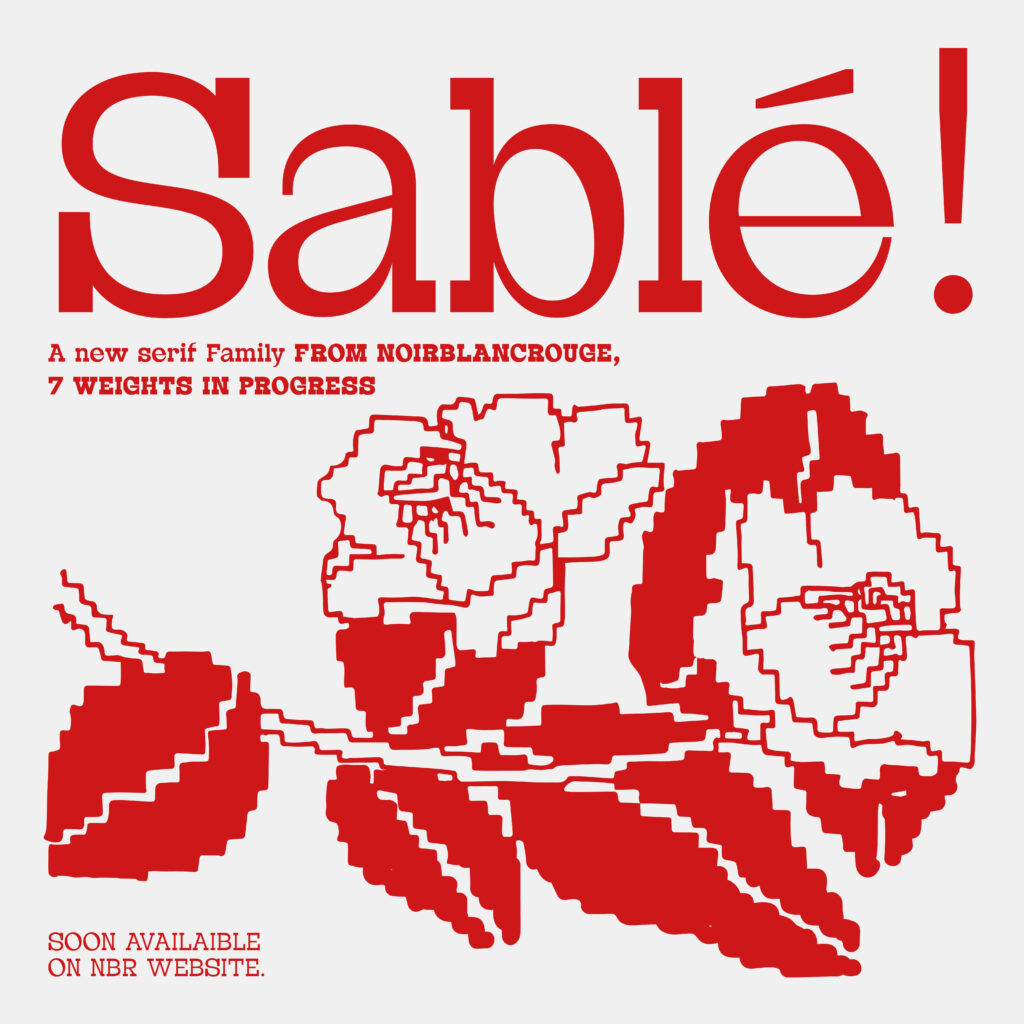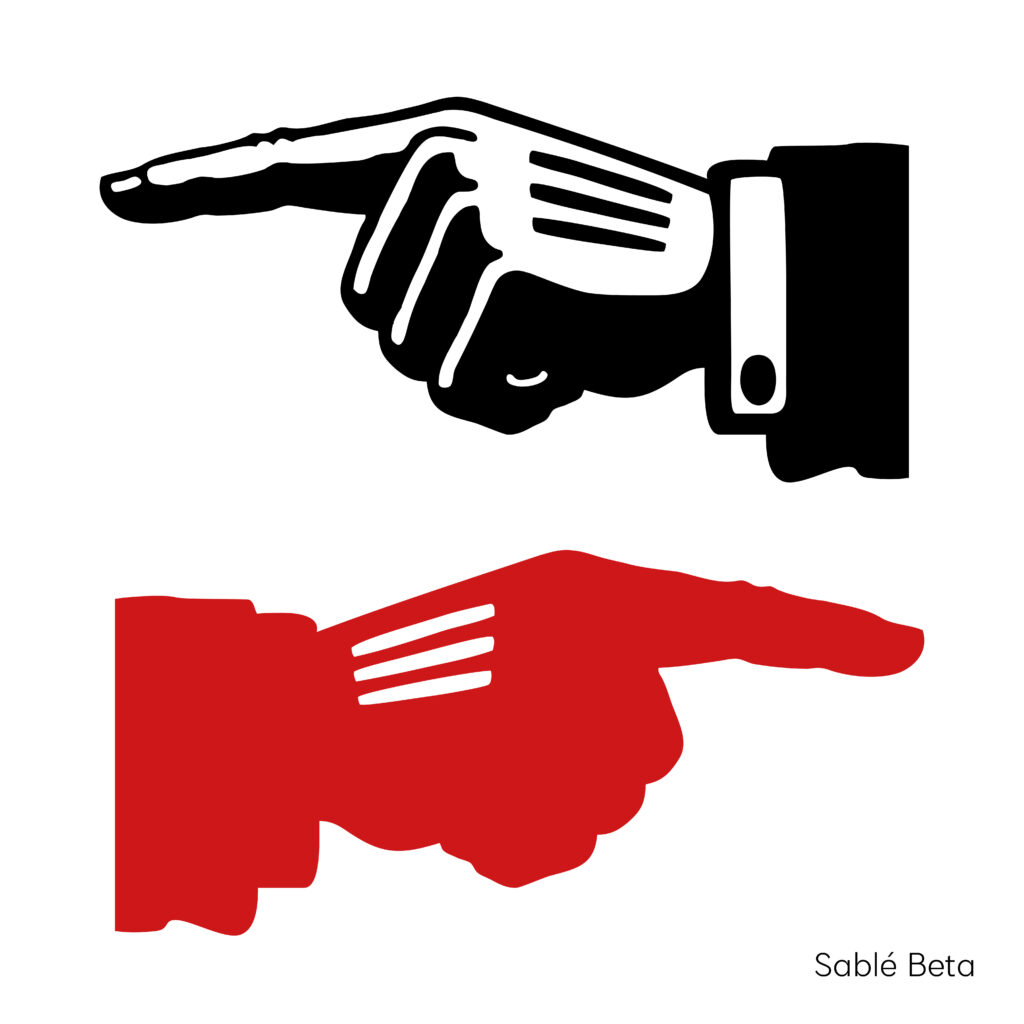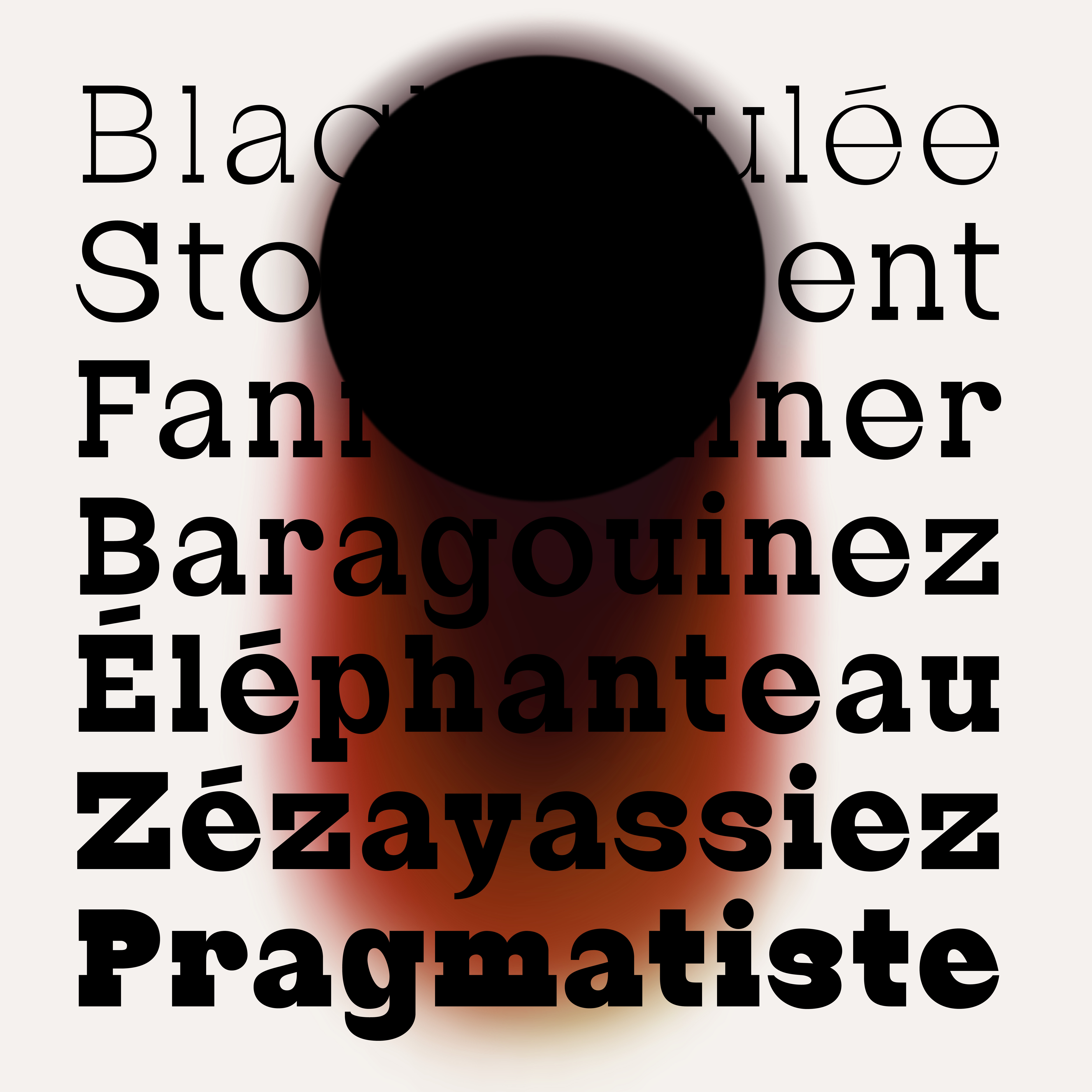Sablé Thin
Sablé ExtraLight
Sablé Light
Sablé Regular
Sablé Medium
Sablé Bold
Sablé Black
Sablé Thin Italic
Sablé ExtraLight Italic
Sablé Light Italic
Sablé Regular Italic
Sablé Medium Italic
Sablé Bold Italic
Sablé Black Italic

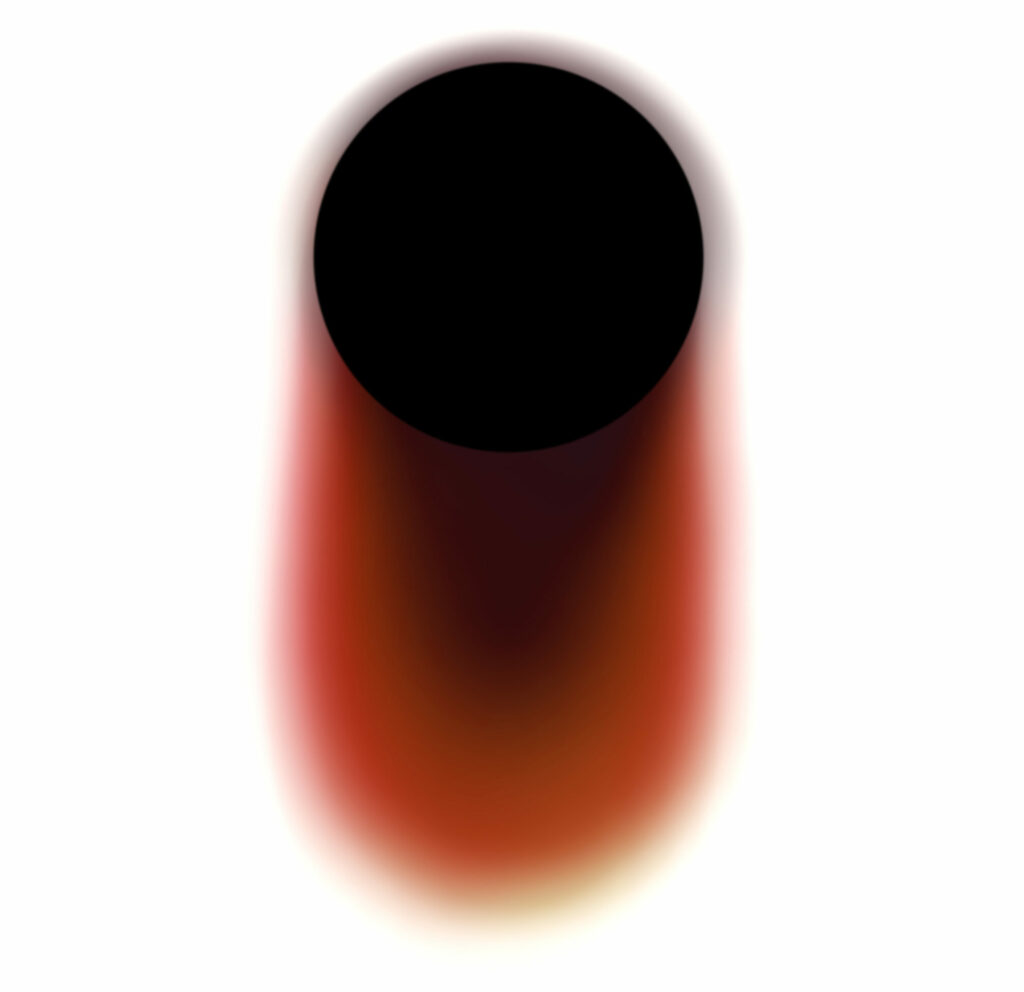
Glyphset
Uppercase
Lowercase
Stylistics Alternates
Ligatures
Symbols
Arrows
Currency
Punctuation
Mathematical Symbols
Case Sensitive
Numbers
Old Style Figures
Tabular Figures
Tabular Old Style Figures
Fractions
Numerators/Denominators
Accented Uppercase
Accented Lowercase
Circled
White Circle Numbers
White Circle Letters
Black Circle Numbers
Black Circle Letters
360 languages supported
GalicianFinnishAchineseVidundaKaingangLatgalianKalenjinLuguruNdongaJavaneseUab MetoAlekanoWallisianYucatecoMakhuwa-MeettoBugineseMandinkaComorianNgazidjaMorisyenRigweAnaangToposaNgindoNdambaNorwegianSanguShillukMadureseBapukuScottish GaelicLuvaleAwakNyembaInterlinguaOkiekAo NagaRomboPalauanJola-FonyiGagauzBikolTedagaMuslim TatLatinKirmanjkiTonganDelawareMeruAleutAhtnaZayseShonaZigulaMexican MamOromoKamukuCzechMohawkTswanaBenchKoyra ChiiniAfrikaansCriouloUpper GuineaSomaliSukumaFaroeseLithuanianKaondeSangoShekoAragoneseMasaabaKurdish (Latin)PökootNeapolitanWayuuSilesianIkwoAfarResheFilipinoVõroChuukeseKitubaMündüDikakaRomanshZarmaKimbunduVunjoWarlpiriHangaNorwegian NynorskBangwinjiNdauPogoloOccitanQuechuaBenaGamoIgboMwaniMalay (Latin)GbayaSudanOmaha-PoncaNyoroRomanianMachameLigurianAlagoBosnianTivNupe-Nupe-TakoTurkmen (Latin)VepsYaoRongaHadiyyaInnuPicardTalinga-BwisiFijianMalteseKutuFuliiruLuba-LuluaTok PisinNorth NdebeleHiligaynonSamoanWalserSãotomenseSandaweMinangkabauLundaBasqueIgedeSoninkeWelshGheg AlbanianBalineseCornishTokelauGofaKabuverdianuNorthern SamiTaitaLatvianTedim ChinUpper SorbianMambilaNigeriaWolaytta (Latin)MakondePortugueseLangoUgandaNorwegian BokmålEstonianLuoUmbunduSlovenianIrishAcoliNiueanRinconada BikolAsturianSudanese ArabicTakwaneIndonesianMakhuwaTuvaluUyghur (Latin)PapiamentoCahungwaryaLambaSidamoSogaBengaKashubianSardinianNguluChigaSlovakRundiNyankoleBariNovialSpanishIraqwSranan TongoPunuBandaWest CentralBiniKalangaTsuvadiKoyraboro SenniGilberteseBretonHungarianRendilleLokaaSouthern SamiAromanianArabicChadian SpokenTetumBilenPohnpeianEsperantoSwahiliSeselwa Creole FrenchBembaSwiss GermanMaoriPiedmonteseLomweNyanjaNyasa TongaKhasiTooroAymaraOtuhoBislamaCroatianSenaWalloonKonjoBedawiyetZaghawaLow GermanSiksikaRarotonganGermanHawaiianSamburuGwichʼinKambaXavánteEfikKuanyamaLower SorbianTahitianBatak TobaInari SamiTsamaiLuwoNaraRwaChidurumaRéunion Creole FrenchMirandeseDawroNdogoDidingaIlokoManyikaYasaVenetianSahoAsuSeriAdaraTongaTalysh (Latin)Western FrisianLuxembourgishMalagasyAlbanianNorthern SothoIvbie North-Okpela-ArheZuluShambalaWolofSassarese SardinianKʼicheʼLombardHmongLoziPampangaKalaallisutUzbekGusiiWest Albay BikolC’LelaHaitian CreoleKunamaXhosaSwedishSapinyEnglishGourmanchémaLule SamiSubaIzereMankanyaIkaDanishPolishSouth NdebeleColognianut-Ma’inGandaZuniSouthern SothoIcelandicChamorroZazaHyamLongudaTasawaqVolapükWendatKikuyuJamaican Creole EnglishTsakhur (Latin)CebuanoPanguManxSwatiMuscogeeOgbahScotsTurkishTulaEzaaKombeAzerbaijaniCorsicanItalianMapucheSicilianSwahiliCongoLatinBialiGyeleSerbian (Latin)KinyarwandaKuriaLamnso’TumbukaTsongaMandjakChimborazo Highland QuichuaLeleXaasongaxangoWarayFrenchLuyiaSundaneseEmbuKarelianKongoHopiBokobaruFriulianKwereGawwadaZandeVietnameseCatalanYapeseChokweHarari
1040 glyphs
Sablé Thin
Sablé ExtraLight
Sablé Light
Sablé Regular
Sablé Medium
Sablé Bold
Sablé Black
Sablé Thin Italic
Sablé ExtraLight Italic
Sablé Light Italic
Sablé Regular Italic
Sablé Medium Italic
Sablé Bold Italic
Sablé Black Italic
OpenType features
About Sablé
Introducing Sablé family, a dynamic slab serif typeface that embraces a rebellious and unconventional spirit. This modern geometric font challenges traditional design norms with its high contrast and assertive presence. The distinctive aspect of Sablé lies in its bolder style, where the serifs defiantly touch and the glyphs are intentionally almost closed, creating a raw and edgy aesthetic. It embraces its high contrasted aspect, flipping the bird to elegance and sophistication, opting instead for a gritty and in-your-face attitude.
To add to its versatility, Sablé offers Opentype features, including stylistic sets for alternate “a,” “s,” and “g” characters, allowing designers to experiment with different typographic styles and infuse their work with a rebellious flair.
Overall, Sablé is a bold and rebellious typeface that breaks the mold of elegance and sophistication, offering a distinctive and edgy visual language for design projects that demand a daring and unconventional approach.
Designer
Bastien Sozeau
Released
2023 — V.02 update 2025
Styles
Available in 7 weights Thin, Extra Light, Light, Regular, Medium, Bold, Black
Choose Your Sablé Styles
15€
